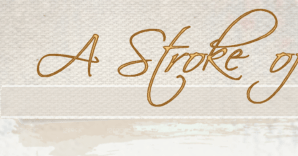Julianne,
This is not a question I take lightly. I have found that every (every!) master work has contained each of the elements listed below. When I do a critique or judge a composition, it is the inclusion or lack of these elements that I base my judgment on. This is what I teach. These are the criteria I hold myself to in my own paintings.
1) Composition
2) Accurate, strong drawing
3) Definite light and shadow massing
4) Three value massing
5) Correct color without losing value massing
6) Solidity, three dimensionality
7) Integration of features with anatomy and planes of the head.
8) Beautifully rendered features
9) Edges, edges, edges
10) Visceral connection between the viewer and the subject in the portrait
|

